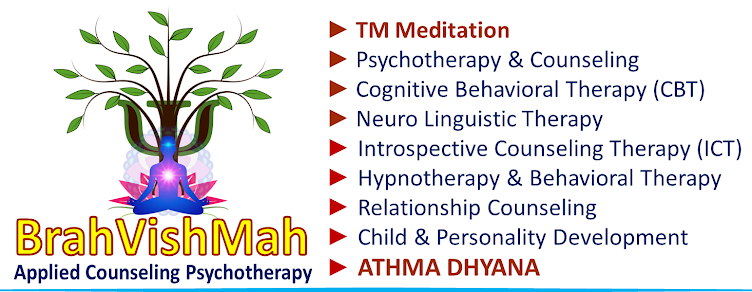Sexual Deviation or Paraphilic disorder is characterized by any intense and persistent sexual interest other than sexual interest in genital stimulation phenotypically normal, physically mature, consenting human partners. In simple words, is the experience of intense sexual arousal to atypical objects, situations, fantasies, behaviors, or individuals. However, some sexual activities that seem unusual to another person or a health care practitioner do not constitute a paraphilic disorder simply because they are unusual. People may have paraphilic interests but not meet the criteria for a paraphilic disorder
American Journal of Psychiatry described paraphilia as "recurrent, intense sexually arousing fantasies, sexual urges, or behaviors generally involving" the following1) Non-human objects
2) The suffering or humiliation of oneself or one's partner
3) Children
4) Non-consenting persons
If a paraphilia causes distress or impairment to the individual or if its satisfaction entails personal harm, or risk of harm, to others, it is considered a paraphilic disorder
DSM5
identifies eight (exhibitionism, fetishism, frotteurism, pedophilia, sexual
masochism, sexual sadism, transvestism, and voyeurism) because these are the
most significant clinically.
Some others include:
1) Coprophilia (feces)
2) Klismaphilia (enemas)
3) Necrophilia (corpses)
4) Sexual masochism - undergoing humiliation, bondage, or suffering
5) Telephone scatologia/telephonicophilia (obscene phone calls, particularly to strangers)
6) Urophilia (urine)
7) Zoophilia (animals)
Risk Factors
1) Temperament: a tendency to be overly inhibited or uncontrolled with emotions and behaviors
2) Early relationship formation: a lack of stable self-awareness, trouble managing emotions, and in seeking help and comfort from others
3) Trauma repetition: People who are the victim of sexual or other forms of abuse, especially if it occurs during childhood, may identify with the abuser such that they act out what was inflicted on them by victimizing others in some way. They may also act out the trauma by somehow harming themselves.
4) Disrupted development of sexuality: The patterns of what brings one sexual pleasure tend to form by adolescence. People raised in a household that is either excessively sexually permissive or inhibited are at higher risk for developing a paraphilia
Treatment
1) The studies have shown that treatment only tends to work if the person with pedophilia is motivated and committed to controlling his or her behavior and when treatment combines psychotherapy and medication
2) Psychotherapy for pedophilia and other paraphilias tends to use cognitive behavioral therapy. The focus of psychotherapy tends to be helping the person with pedophilia recognize and combat rationalizations about his or her behavior, as well as training the pedophilia sufferer in developing empathy for the victim and in techniques to control their sexual impulses
3) Medications that suppress production of the male hormone testosterone reduce the frequency or intensity of sexual desire in pedophiles. It may take 3-10 months for testosterone suppression to reduce sexual desire
MORAL AND ETHICAL VALUES ALONG WITH SEX EDUCATION SHOULD BE INDUCTED FOR CHILDREN UNDER A STRICT POLICIES ON PSYCOLOGICALLY DESINGED PROTOCOLS WILL ELIMINATE THIS ISSUE UPTO 80%





No comments:
Post a Comment